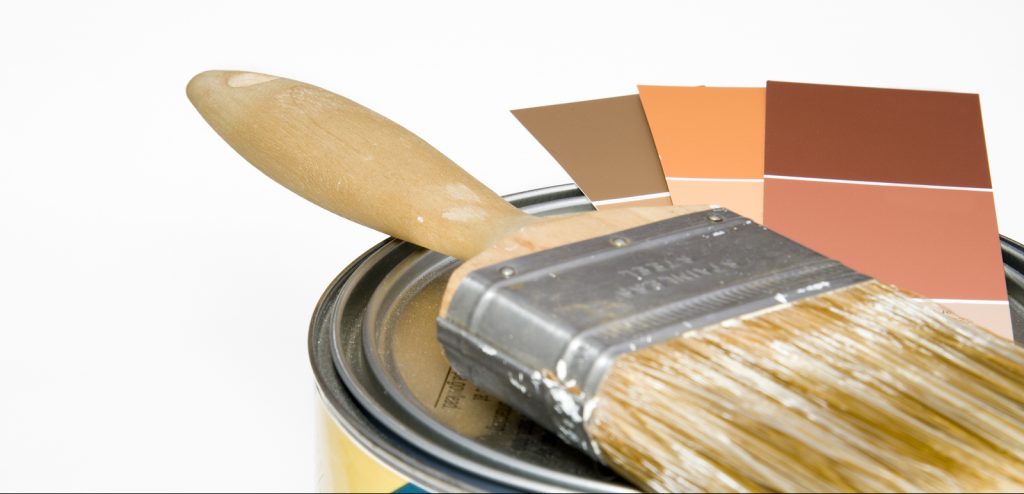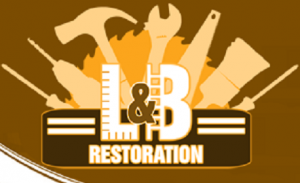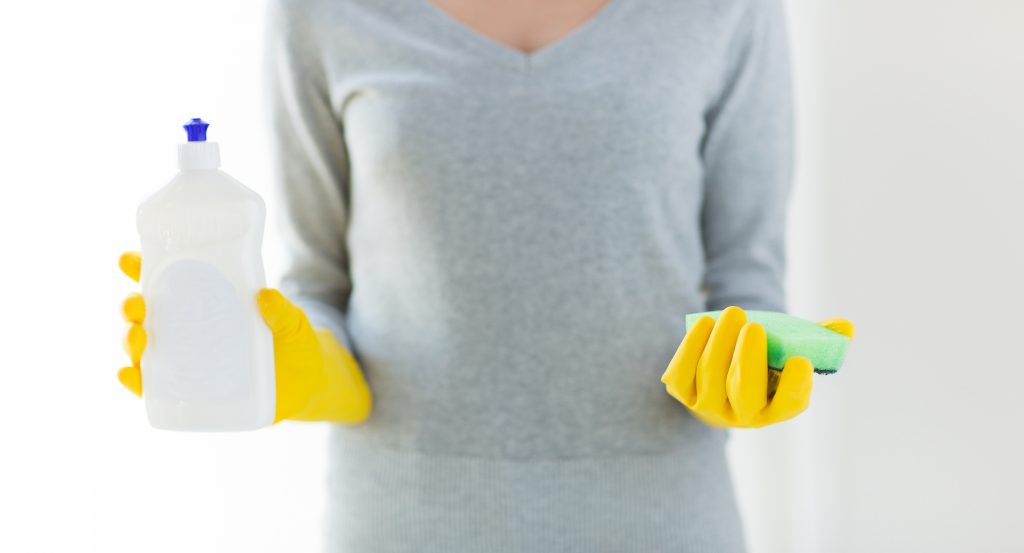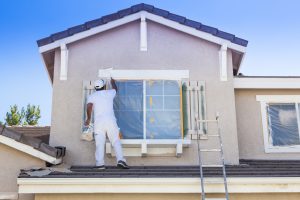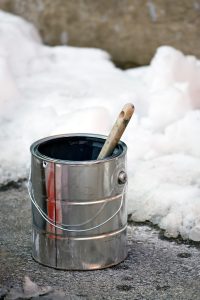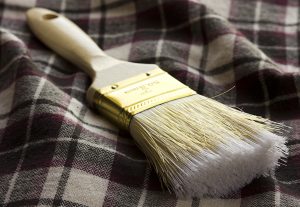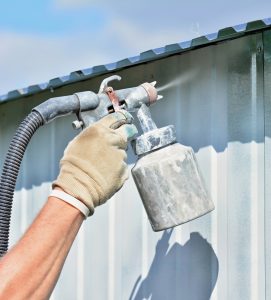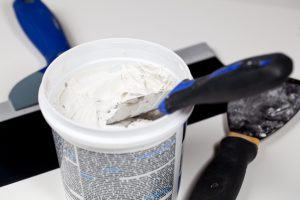Painting is a tedious and delicate project that requires a certain degree of organization, commitment, and technique. Professional painting crews make all of these qualities look as if they come easy, but we novice painters know this to be untrue. There are many techniques and methods that professional painters use to achieve those flawless and rich results we are so fondly jealous of. Fortunately, you too can learn some of these professional painting tips that would never otherwise be revealed!
Continue reading to learn the secrets to achieving a professional-grade paint job, and make your next interior project your best yet!

Painter’s Tape
When you tape up baseboards before painting, it can seem like a pretty straightforward task. Apply the tape so that the woodwork is covered and move on; right? Well, many times, after the painting is finished and the tape is removed, you can find streaks or drops that managed to seep their way through. To avoid this, do what the pro’s do and use a putty knife to apply the painting tape on baseboards and molding. Press the knife against the tape to ensure a thorough seal. This prevents any paint from getting through.
Hole-Patching and Sanding
One of the most important steps to painting is preparation. Preparation of course includes choosing the proper paint, deciding on a color, purchasing needed supplies, and laying out protective drop canvas for flooring and furniture. But when we mentioned preparation in terms of what the professionals suggest, we mean hole-patching and sanding. All holes and deficits should be filled in with a joint-compound patching product, smoothed down evenly, and allowed to dry completely. Once these areas of dry, you can sand away all the uneven surfaces.
It is vital to sand away any surface flaws, like spackle, joint-compound patches, nicks, nail holes, scores, scratches, chips, and more the best you can. Do this using a fine grit sandpaper and sanding pole. The fine grit will protect your walls from over-sanding, while the pole will allow you to reach all the way to the high walls and ceiling. Sand baseboards, molding, walls, and more to get an even smooth surface. Once you have an even and smooth surface, you can move forward with your painting project.
Paint and Primer
When joint compound is painted over, it can sometimes absorb all the moisture from the paint and leave a duller, discolored look. This makes all the patched areas on a wall noticeable. To avoid this problem, which professionals refer to as “flashing”, be sure to apply a primer to your walls before painting. But to paint like a professional, don’t just use any primer, use a tinted primer. Although white primer is acceptable and frequently used, professionals typically use a gray-colored primer, or a primer that is close to the color of the finishing paint. This covers patched areas and existing paint better than plain white or ivory primers. This results in a more vibrant finish and less applications.
Paint Boxing
Although you can purchase the same color in five cans, it is not guaranteed that all five cans will look exactly the same. This can be evident in a paint job when a new container is opened halfway through painting. It can result in a different color tones on a wall. To avoid this, professionals “box” their paint by pouring all cans into one large bucket to achieve one consistent color.
Paint Application
Ever wonder why a self-paint job looks streaky and a professional’s is always smooth and even? Well the secret is adding a paint extender or paint conditioner into your paint. Popular products, like Floetrol, are designed to slow down the drying process of the paint, allowing a more even application and finish. Not only do paint extenders hide brush strokes, they also eliminate dark lap marks from painting over semi-dried paint.
Ceilings
When ceilings are textured or bumpy, it can be virtually impossible to paint a clean line between the wall and the ceiling. For this reason, professionals will use a screwdriver to scrape a ridge along the edge of the walls and ceiling. This creates a platform for painting a smooth straight line between ceiling and wall and prevents paint from sticking to ceiling bumps. The resulting ridge should be fine enough so that the lost texture is never noticed, but wide enough for brush bristles to fit.
Professional Interior Painters in Indianapolis
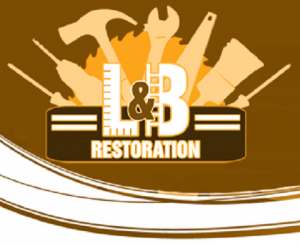
Call Restoration By L & B, LLC at 317-454-3612 for professional interior painting services in Indianapolis and its surrounding areas. We offer full-service painting solutions for both residential and commercial properties. On top of already competitive prices, we guarantee to beat any competitor’s price! Request an estimate, today.

